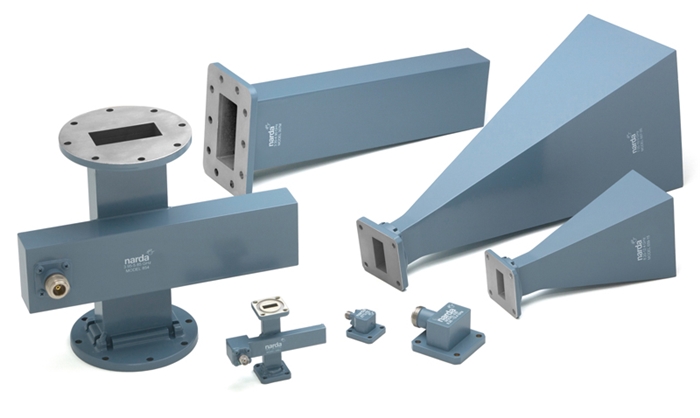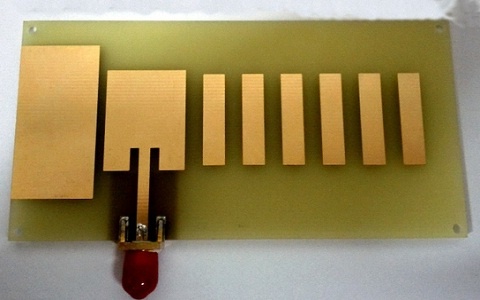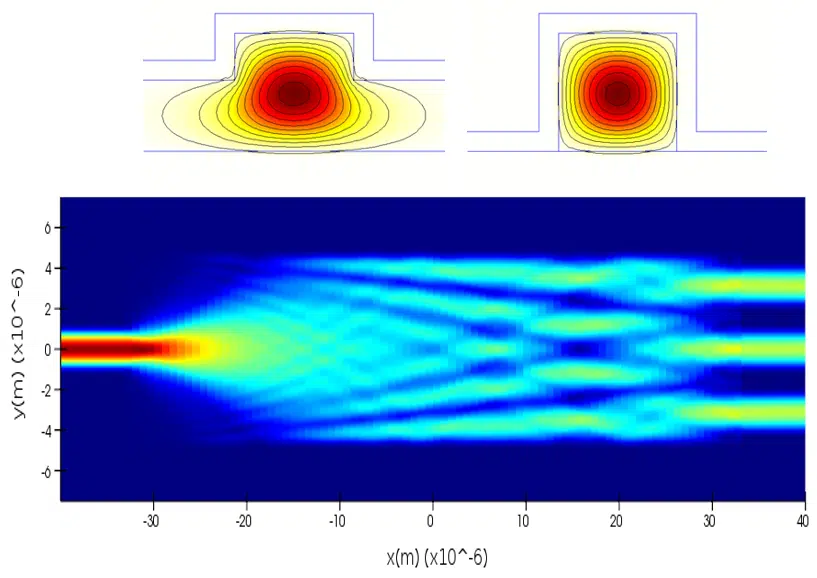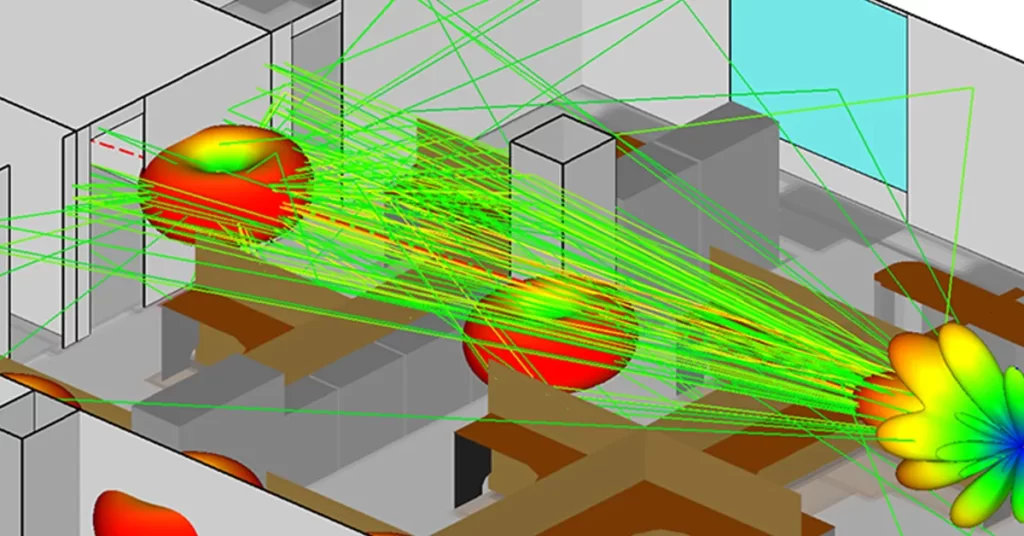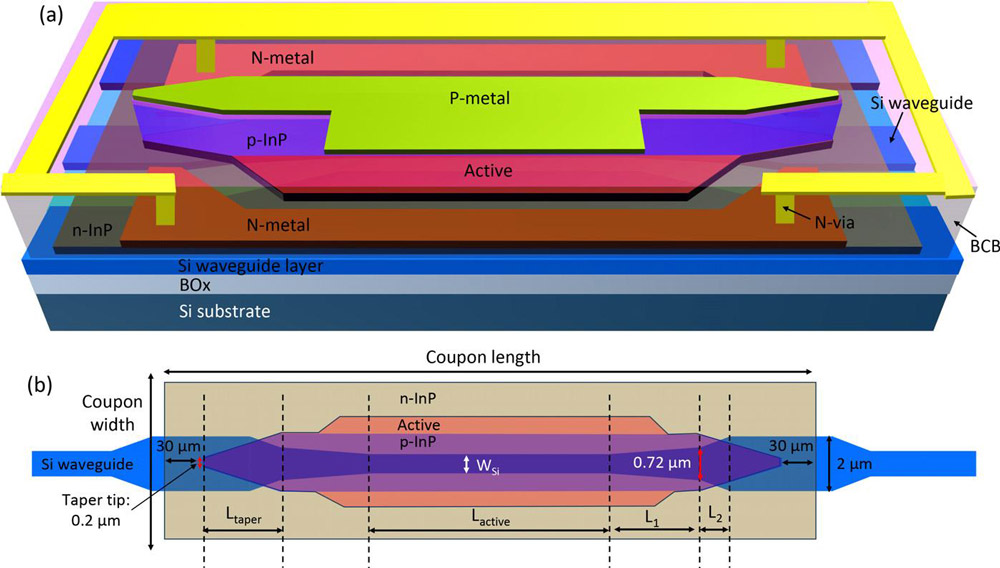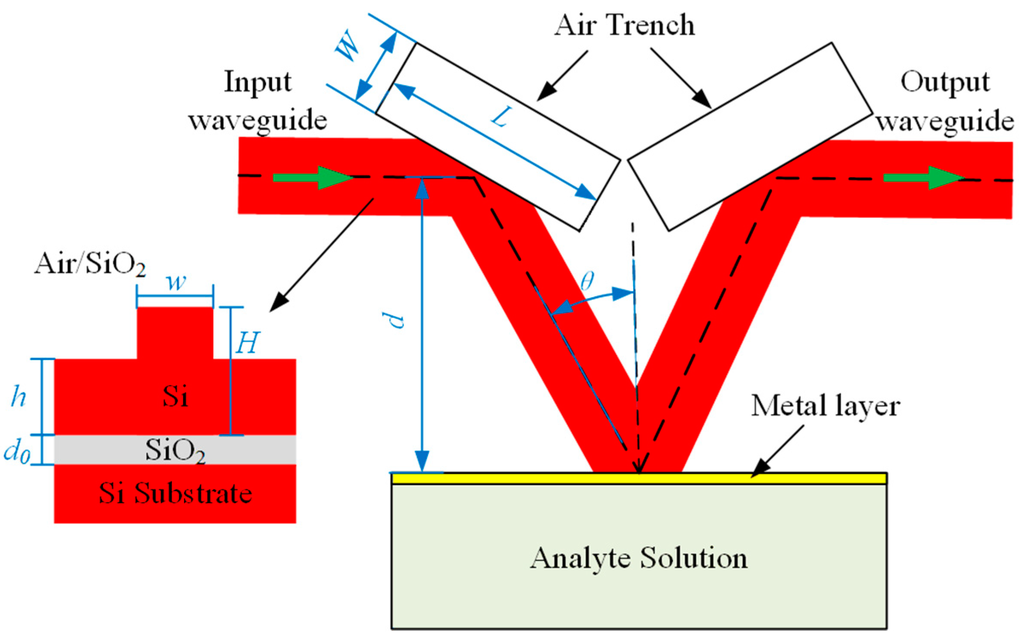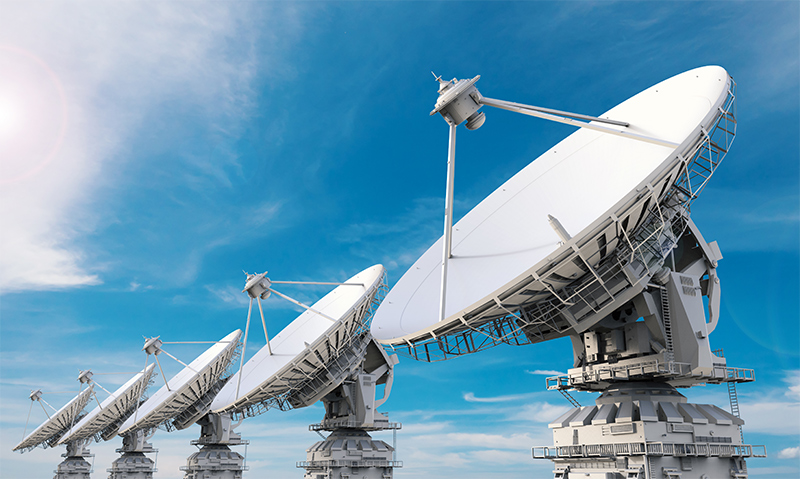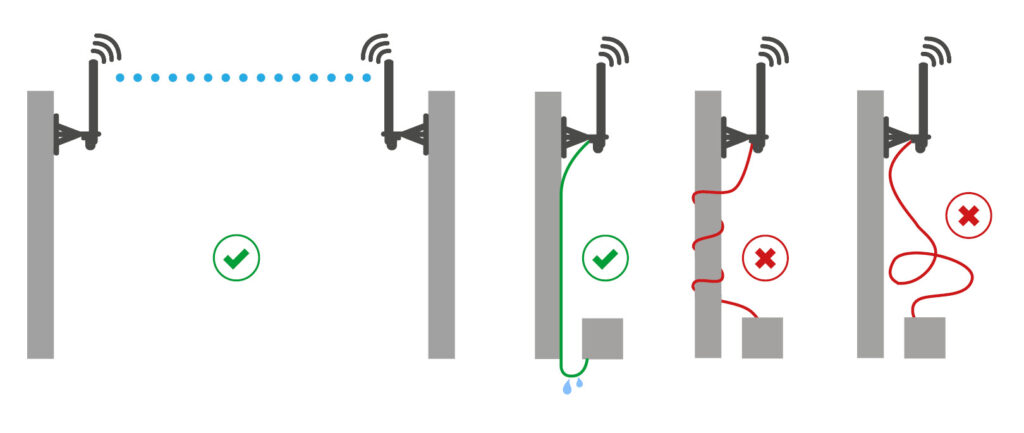How to Select Waveguide Manufacturers | 5 Key Factors
Five key factors for selecting a waveguide manufacturer: 1. Precision, ensure tolerance ≤ 0.02mm; 2. Material quality, preferably high conductive alloys; 3. Cost-effectiveness, compare quotations, the difference can be as high as 20%; 4. Production capacity, the monthly production capacity should exceed 1,000 pieces; 5. Customer support, the response time is within 24 hours. How […]
How to Select Waveguide Manufacturers | 5 Key Factors Read More »

